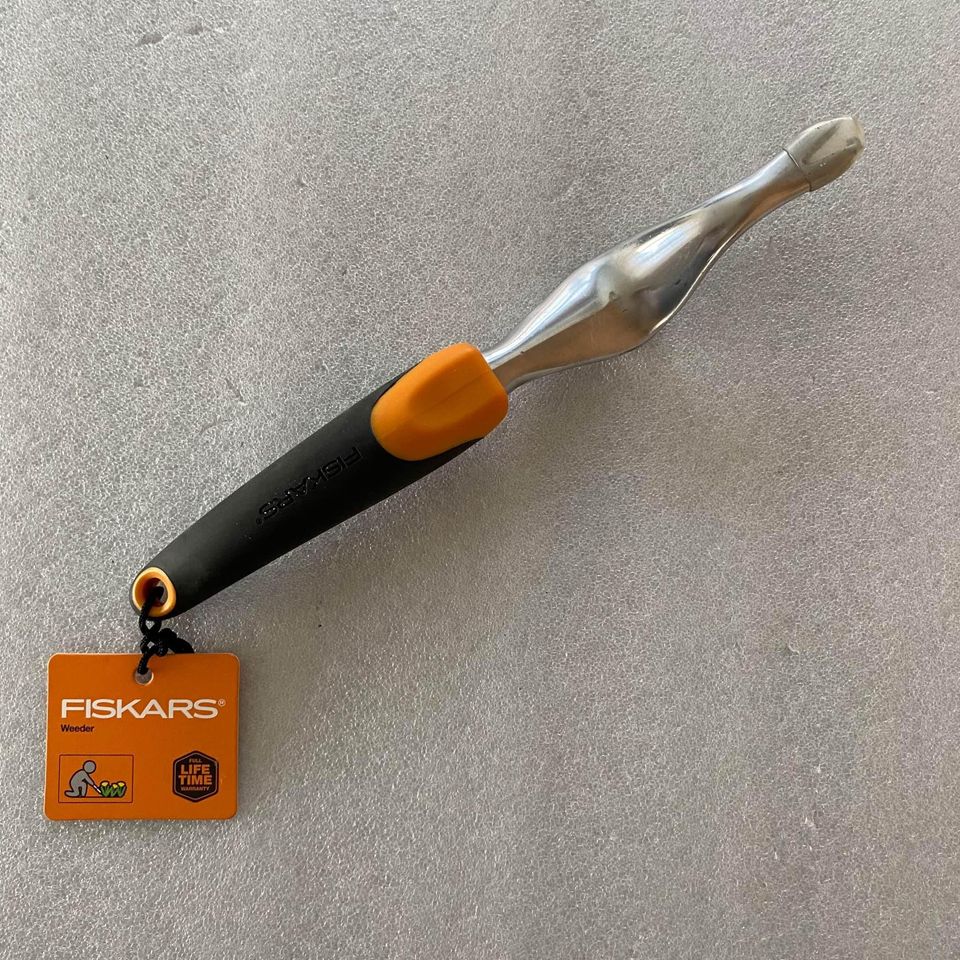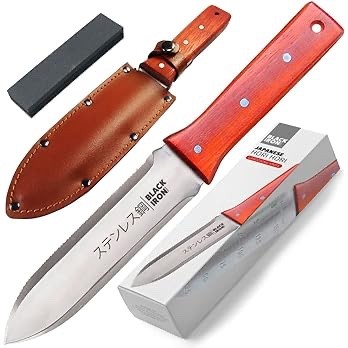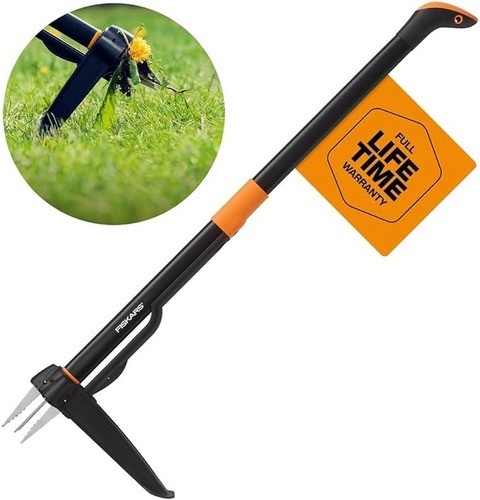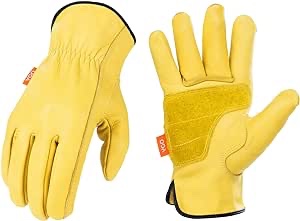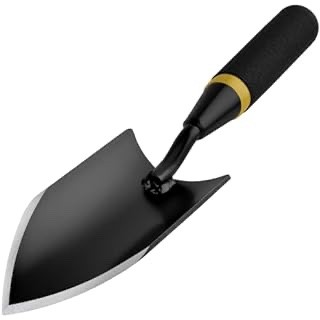In your battle against weeds stands a tested, popular, simple, and accessible strategy against these annoying invaders: weed pulling. While you can attempt all the ways to keep weeds from germinating and taking over your lawn or garden, ultimately, you will find yourself pulling these unwanted plants from time to time.
Therefore, familiarizing yourself with the best and easiest ways of pulling weeds is crucial. This way, you can make it a less laborious task and even satisfying.
So, before grabbing your gloves and tools, I would advise adopting the most efficient ways of weed pulling, which entails understanding the weed type, soil conditions, and your preference. This post explores the different tips that make pulling weeds easy.
Easiest Way To Pull Weeds Faster
1. Choose The Right Time
Proper timing is important when pulling weeds, as it can make the process easier and increase the odds of successful removal. For instance, pulling weeds is easier when the soil is moist. Therefore, wait until the soil has had a chance to absorb the moisture after rainfall or watering your garden.
Moist soil makes it easier to loosen the weed roots, reducing the effort required to pull them out completely. Moreover, pull weeds in the morning or evening when it’s cooler. The soil is often more moist, and the weeds are less stressed by heat during these hours.
Also, you will avoid the hot sun during these hours. Weeding in high temperatures is stressful for you and your plants. If you must weed during the heat, take frequent breaks, stay hydrated, and wear appropriate clothing to protect yourself from the sun.
When planning to weed your garden, keep an eye on the weather forecast, and aim for a day with mild temperatures and little to no rain expected. Weeding on a rainy day can make the soil too muddy and difficult to work with, and as mentioned, weeding under intense sunlight can be exhausting.
Related Posts:
- How To Kill Weeds Growing In Driveways, Sidewalks, And Patios
- How To Keep Weeds Out Of Mulch
- How To Get Rid Of Weeds In Lawn Naturally
2. Invest In The Right Tools
You can uproot weeds using only your hands. However, since the aim is to make the task easier, faster, and more effective, invest in the right tools. You will find weeding tools in gardening stores. Below are some tools to consider buying.
i) Hand Weeder
This tool is a must-have. Look for a hand weeder with a sturdy handle and a forked or angled tip to penetrate the soil easily and grasp weeds firmly. With a hand weeder, you can target individual weeds and remove them along with their roots, preventing regrowth.
ii) Weeding Knife
A weeding knife, also known as a hori-hori knife, is a versatile tool for tackling tough weeds and digging out deep-rooted plants. Its serrated edge allows you to cut through stubborn roots, while the pointed tip makes it easy to pry out weeds from tight spaces.
iii) Weeding Tool with a Long Handle
A weeding tool with a long handle can be a game-changer when dealing with weeds in hard-to-reach areas or for gardeners who prefer to weed while standing. These tools typically have a forked or claw-like design that allows you to grab and pull weeds without bending over.
iv) Gloves
Gardening gloves is the one tool you should not pull weeds without. It will shield your skin from garden hazards like thorns and prickles, help prevent blisters, and provide grip
v) Trowel
While primarily used for planting, you can also use a trowel to remove small weeds or dig out weeds with shallow roots. Choose a trowel with a comfortable grip and a durable blade that can withstand the rigors of digging in dense soil.
vi) Kneeling Pad or Garden Stool
To make the task of weeding more comfortable, use a kneeling pad or a garden stool to cushion your knees and support your back.
3. Weed Early
Attack the weeds in your garden when they are still small before they establish themselves, making it harder to pull them. Young weeds are easy to uproot because they have underdeveloped roots that have not firmly anchored themselves to the soil.
Besides making the process quicker and less labor-intensive, pulling weeds early before they have a chance to flower and set seed prevents them from spreading and multiplying in your garden.
In addition, staying on top of weeding early in the season will ensure you enjoy a tidy and aesthetically pleasing garden throughout the growing season. So, inspect your garden regularly, especially the edges, soil patches, and areas with ample sunlight and moisture, and remove weeds immediately when you spot them.
4. Select The Right Technique
Streamline weed pulling by choosing the proper technique. Factors to consider during selection include the size and type of weeds, the location of the infestation, and your preference. The options include:
a) Hand Pulling
It is the simplest and most straightforward method, especially for small to medium-sized weeds with shallow roots. This method is also ideal for gardens with delicate plants or where herbicides are not desired.
Grasp the weed at its base near the soil line to ensure you remove as much of the root system as you can, reducing the chances of the weed. Rather than yanking the weed out quickly, pull it slowly and steadily. If the weed is particularly stubborn, gently wiggle it back and forth to loosen the roots before pulling.
b) Use a Hand Weeder
Hand weeders make pulling weeds easier and more efficient, but they are not suitable for all weeds. Use a hand weeder to remove weeds with shallow roots or taproots. Removing weeds with deep, extensive root systems needs more specialized techniques or tools.
Use this tool on moist soil. Below is how to pull out weeds with a hand weeder:
- Position the hand weeder next to the weed you want to remove, ensuring the weeder’s tip is close to the base of the weed.
- Slightly angle the weeder to penetrate the soil and get underneath the weed’s roots.
- Push the hand weeder into the soil next to the weed, applying gentle pressure to penetrate the soil, then wiggle the weeder back and forth.
- Once the weeder is securely positioned underneath the weed’s roots, use the leverage the handle provides to pry the weed out of the ground. Pull steadily and firmly, ensuring you remove the entire root system along with the weed.
5. Work Systematically
Make your work much easier and more manageable by working systematically. Here’s how to achieve this:
a) Start with a Plan
Before you begin, walk around your garden, observing its current state and noting areas where weeds are most prevalent and the types of weeds dominating the landscape. Determine which areas require immediate attention and where weed growth is most problematic, such as along garden edges or between rows of plants.
b) Divide the Area
Divide the area into manageable sections or rows, depending on the size of your garden and the density of weed growth. Working in smaller sections lets you concentrate your efforts effectively and avoid feeling overwhelmed.
Prioritize your weed-pulling tasks according to importance and urgency. Start with high-priority areas or those that will significantly impact your garden’s overall appearance and health.
c) Work Row by Row
Start at one end of the row and work your way to the other, pulling weeds as you move along, ensuring you cover the entire row without skipping any areas. As you pull weeds, collect them in a bucket, wheelbarrow, or other container for disposal.
Once you’ve completed pulling and collecting weeds from the first row, move on to the next row adjacent to it. Repeat the process of removing and disposing of weeds row by row until you’ve covered the entire area.
d) Use a Pattern
Develop a pattern for pulling weeds that works best for you. For example, you may choose to work from top to bottom, left to right, or vice versa, or even diagonally. Alternatively, you could work from the outside in or start at the center outward.
The pattern you choose will depend on factors such as the layout of your garden or preference. Once you’ve chosen a direction, stick to it to create a sense of order and prevent confusion as you work. Let the landmarks in your garden guide you into tracking the areas you’ve already weeded.
e) Proper Dispose of Weeds
After pulling each weed, collect them for proper disposal to prevent it from reseeding or spreading elsewhere in your garden. Place pulled weeds in a designated pile or container like a wheelbarrow for composting or disposal.
6. Stay on Top Of Maintenance
Spend a few minutes each week inspecting and pulling weeds to prevent them from getting out of control. This will also save you time and effort in the long run.
Also, consider mulching after pulling the weeds to prevent them from returning.
Conclusion
Pulling weeds may be physically demanding, but it is necessary if you hope for a flourishing vegetable garden, a pristine lawn, or a vibrant flower bed. Luckily, you can make this task as painless and efficient as possible with the help of the tips discussed above. Remember, consistency and attention to detail are key to successful weed control.

Hey there, I’m Derek Schew, a writer for Lawnholic.com, where we cover everything and anything related to lawns. As someone who’s spent countless hours tending to my own lawn, I’m passionate about sharing my knowledge and helping others achieve the perfect yard. From lawn care tips to product reviews, I’m committed to providing our readers with the most accurate and up-to-date information available. So whether you’re a seasoned lawn enthusiast or just getting started, I invite you to join our community and discover the joys of a lush, green lawn.


